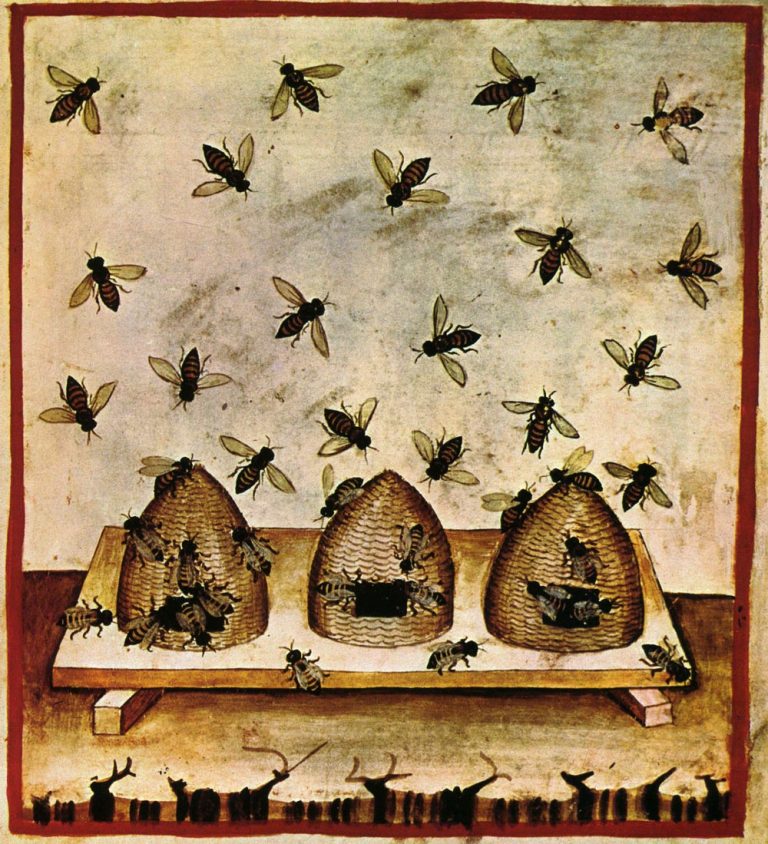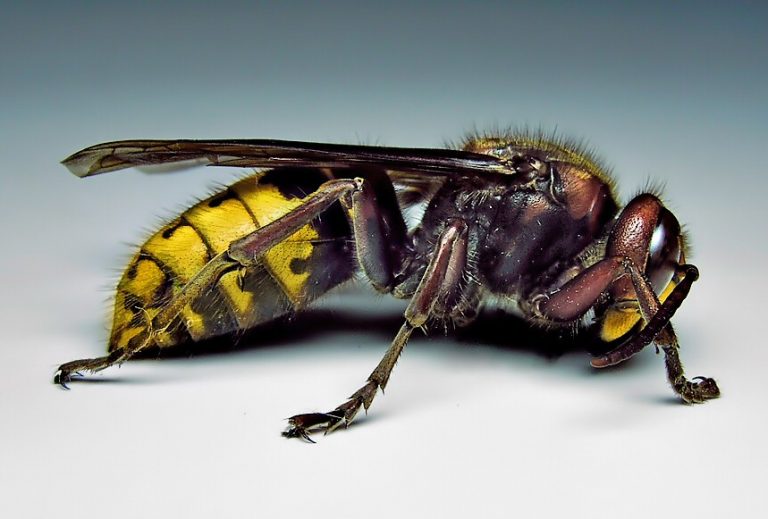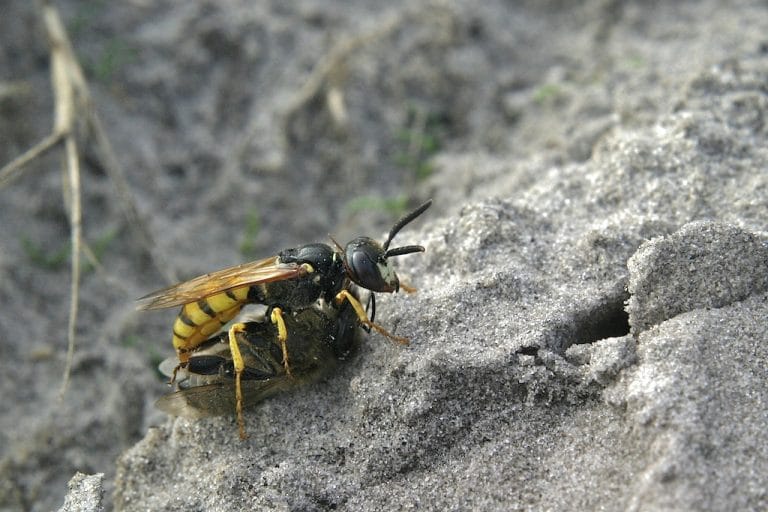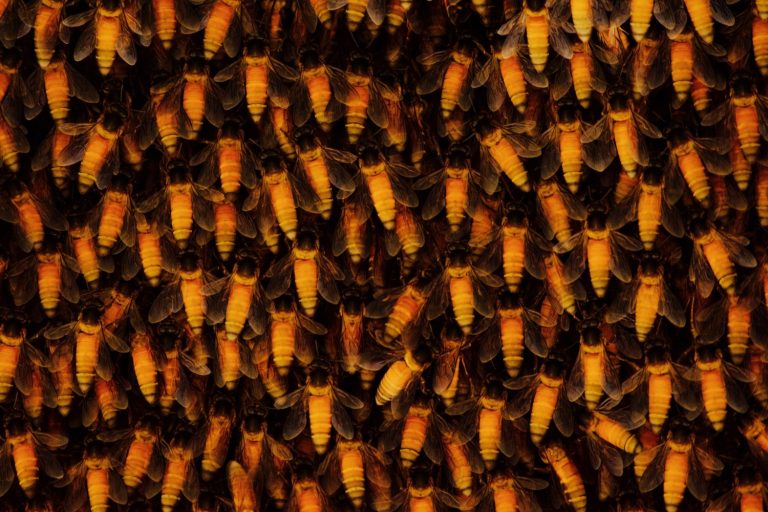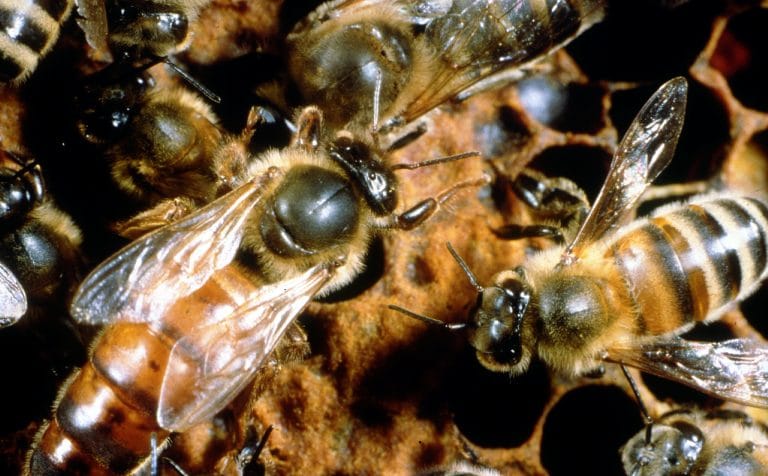Different Types of Bees: How Can You Tell the Difference?
There are over twenty thousand different types of bees so it’s really not possible to know them all! But you can tell the difference in some common kinds –by simply by observing bees you will begin to definitely see some of the different personality traits and social characteristics. In this article however, we will go through some of the different types of bees and just how to identify some of them.
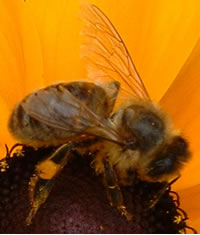
All Bees are:
- Class: Insecta
- Order: Hymenoptera
- Suborder: Apocrita
- Superfamily: Apoidea
- Unranked name: Anthophila
Types of Bees are separated into groups called “Families.”
The main Bee Families:
Andrenidae
– This large family has sub families worldwide except Australia.
Apidae
– This group contains the best known bees; the honey bee, carpenter bees, stingless bees and bumble bees are all part of this family.
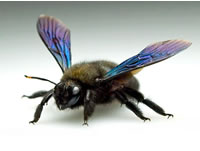
Colletidae
– This family is the plasterer bees which are found all over the world, but with most species living in South America and Australia. Over 50% of all bee species living in Australia belong to this family.
Dasypodaidae
– These bees live in both Africa and in the temperate zones of North America. They are quite old – genetically speaking – and may be a sister family to all other bees.
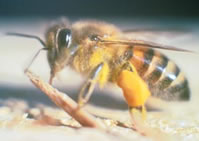
Halictidae
– are commonly called sweat bees. It’s no surprise that they are attracted to perspiration. They have a dark metallic look and can have red, green or yellow markings. The females can give a minor sting. They are found worldwide.
Megachilidae
– Commonly known as Mason bees or leaf cutter bees, most of this family are solitary some are cleptoparasites – they steal the pollen collected by other bees. A few members of this family are used commercially for plant fertilization.
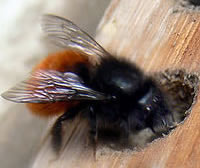
Meganomiidae
– This is the second smallest bee family with only 10 species in 4 genera. They are found in Yemen and Madagascar. Like the Dasypodaidae family the Megamomiidaes are ancient and sisters to all other bee families.
Melittidae
– This family is restricted to Africa and is the third smallest family with only 60 species in 4 genera. They are another ancient family and like Meganomiidae are sisters to all other bee families.
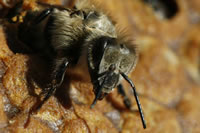
Stenotritidae
– This family is restricted to Australia and is the smallest family of bees with only 21 species in 2 genera. They may be the ancient sisters of the Colletidae family.
General information on all types of bees:
Bees are flying insects and are closely related to wasps and ants. There are nearly 20,000 known species of bees in nine recognized families. The actual number of species may be higher as new species are discovered each year. Bees are found on every continent except Antarctica and in every habitat where insect-pollinated flowering plants grow.
Bees are adapted for feeding on nectar and pollen. The adults use nectar as an energy source while most pollen provides protein and other nutrients for larvae.
Bees have a long proboscis , which is a sort of a complex “tongue”, that enables them to obtain the nectar from flowers. They have antennae made up of 13 segments in males and 12 in females. Bees all have two pairs of wings, the hind pair being the smaller of the two. None are wingless.
Bee farmers are called beekeepers and the practice of raising bees is called apiculture, and bee farms, Apiaries.

Having discovered a fondness for insects while pursuing her degree in Biology, Randi Jones was quite bugged to know that people usually dismissed these little creatures as “creepy-crawlies”.


